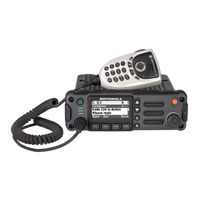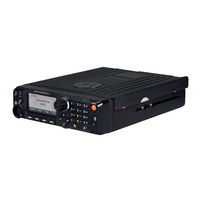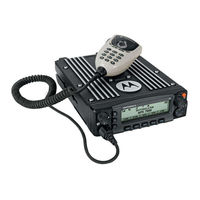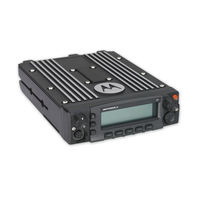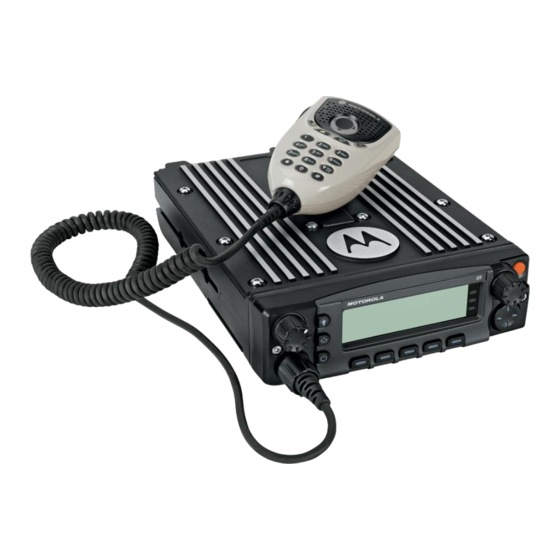
Motorola ASTRO APX 6500 Manuals
Manuals and User Guides for Motorola ASTRO APX 6500. We have 5 Motorola ASTRO APX 6500 manuals available for free PDF download: User Manual, Manual
Advertisement
Motorola ASTRO APX 6500 User Manual (139 pages)
TWO-WAY RADIOS
Table of Contents
-
Disclaimer
16 -
-
-
Keypad27
-
-
-
Viqi48
-
-
Contacts55
-
Scan Lists59
-
Scan61
-
-
-
-
-
Hear Clear86
-
Radio Lock87
-
-
Blank103
-
Tx Inhibit103
-
PTT Tx Inhibit103
-
Required104
-
Soft Power off104
-
-
-
-
Wi-Fi111
-
Utilities113
-
Analog Options116
-
Digital Options117
-
Transmit Inhibit118
-
Instant Recall119
-
-
Motorola ASTRO APX 6500 User Manual (128 pages)
MOBILE O5 CONTROL HEAD
Brand: Motorola
|
Category: Two-Way Radio
|
Size: 0.88 MB
Table of Contents
-
-
Radio Care11
-
-
-
Viqi38
-
-
Contacts47
-
Scan Lists50
-
Scan53
-
-
-
-
Radio Lock77
-
-
-
Wi-Fi100
-
Utilities101
-
Transmit Inhibit106
-
Instant Recall107
-
Advertisement
Motorola ASTRO APX 6500 User Manual (138 pages)
Control Head Mobile Radio
Table of Contents
-
Disclaimer
15 -
-
-
-
-
Contacts62
-
Scan Lists68
-
Scan70
-
-
-
-
Hear Clear97
-
-
-
-
Blank110
-
Tx Inhibit110
-
PTT Tx Inhibit110
-
Required110
-
Soft Power off110
-
-
Utilities112
-
-
Analog Options116
-
Digital Options116
-
Motorola ASTRO APX 6500 Manual (53 pages)
CONTROL HEAD, INTERACTIVE END USER TOOLKIT
Brand: Motorola
|
Category: Two-Way Radio
|
Size: 1.03 MB
Table of Contents
-
Status Icons11
-
Alert Tones19
-
Scan Lists28
